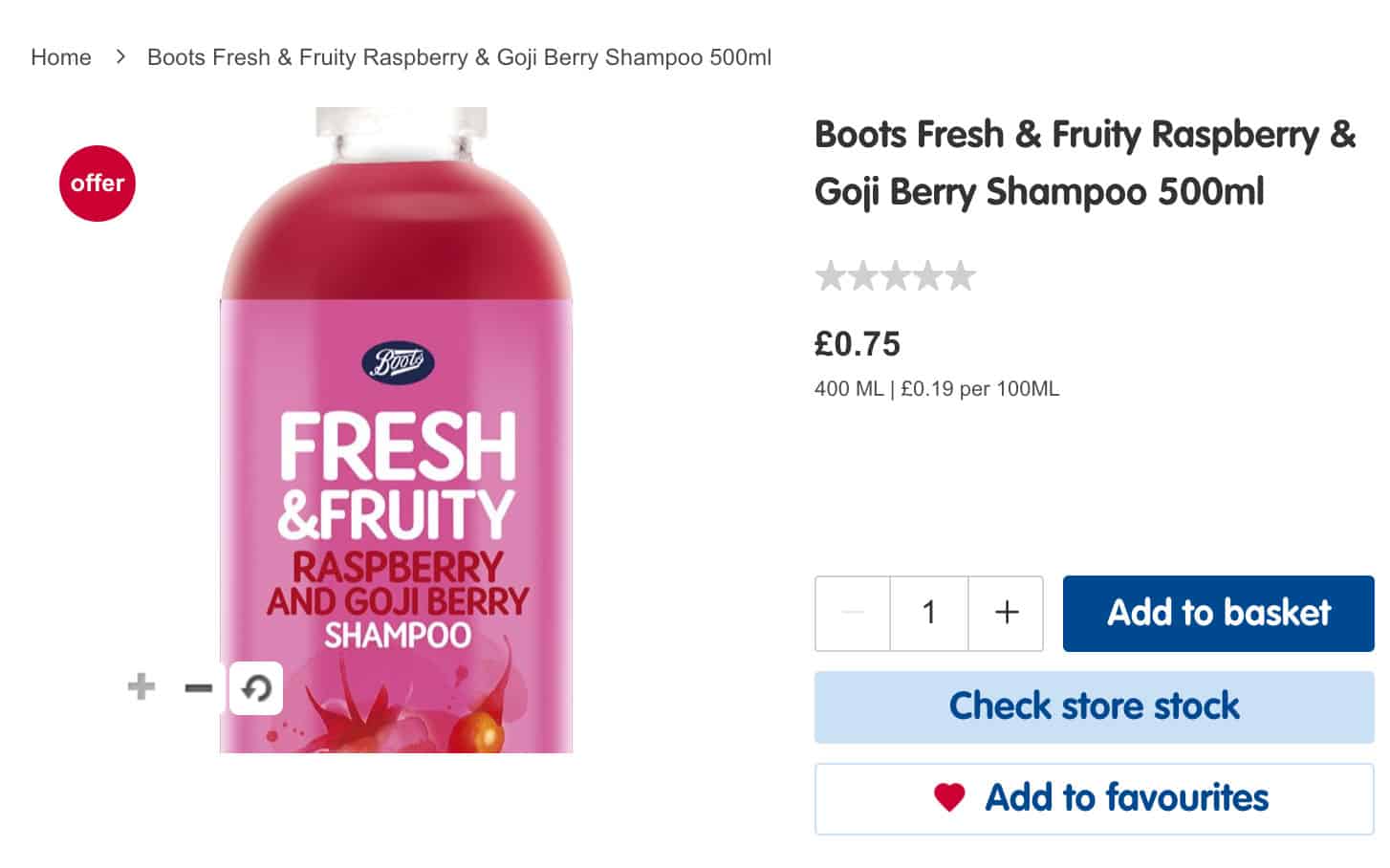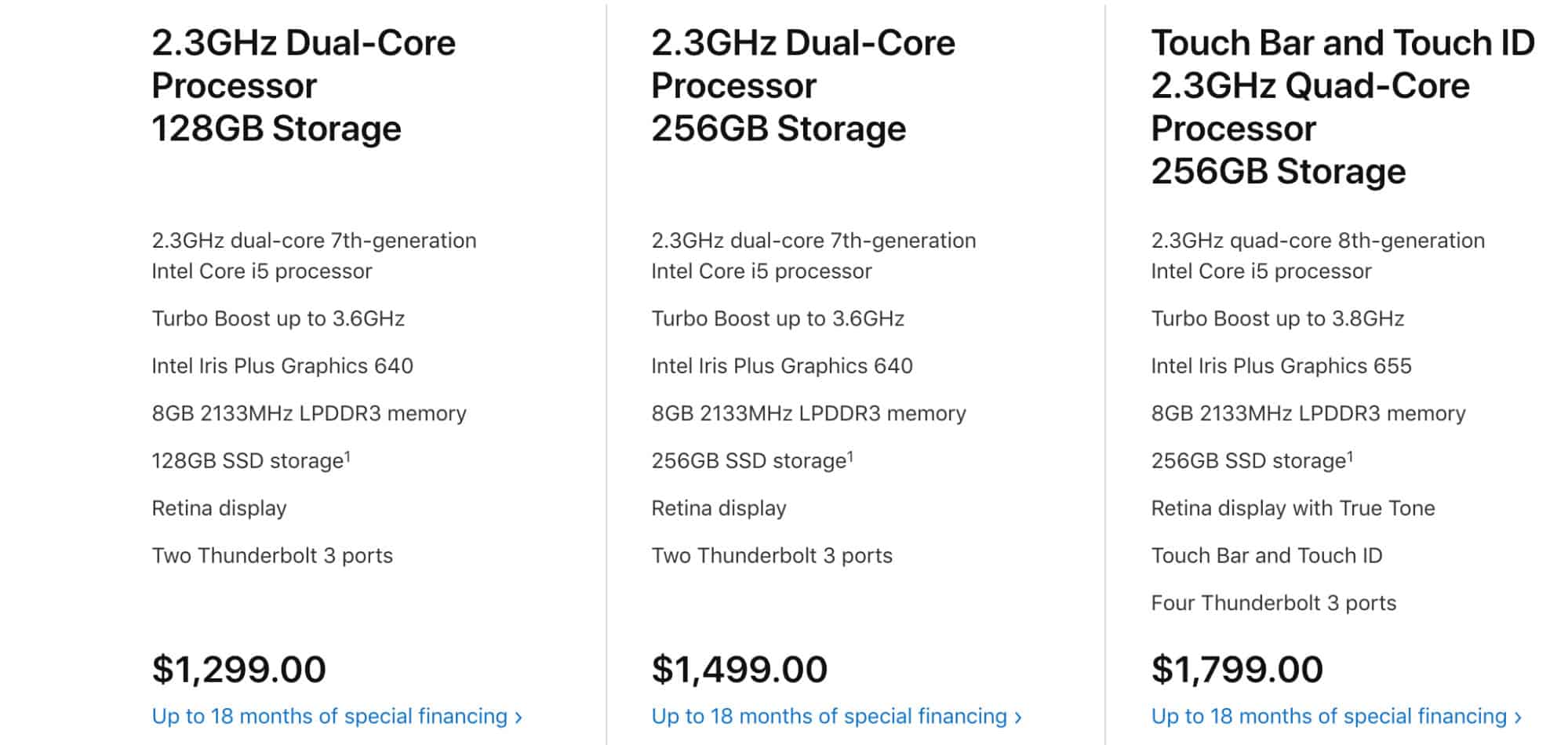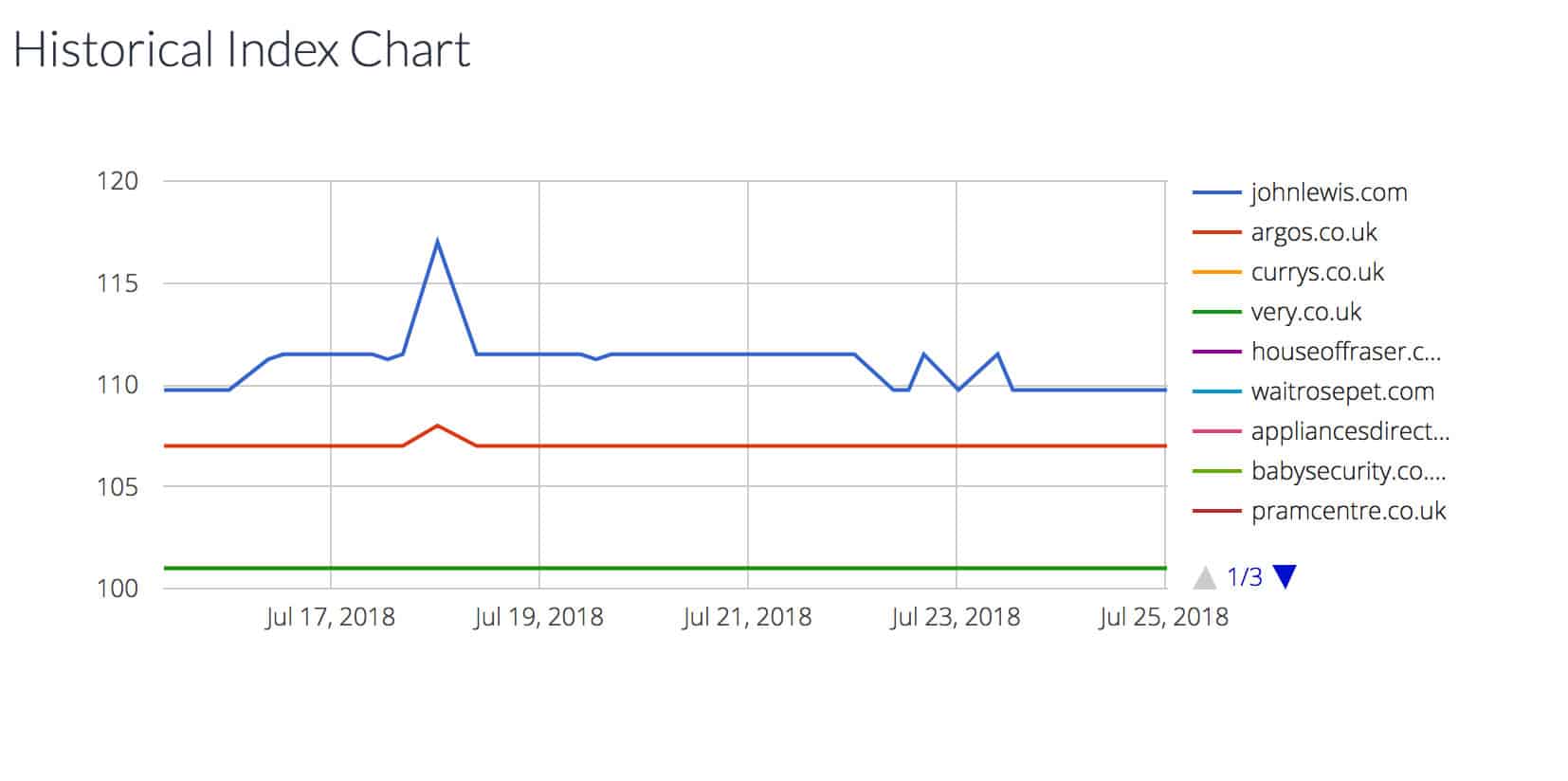If you’re an ecommerce entrepreneur, at some point you’ve probably questioned how you should price your products. It’s one of the most exciting but also complex exercises you’ll have to do as a business manager. A simple search online will present you with a wide range of pricing strategies you can utilize, and it quickly becomes very confusing.
Although it’s helpful to understand the different pricing strategies available to you, you should also know it’s a testing process where you often need to iterate on the strategies depending on how receptive your customers are.
Pricing is so important to the world of ecommerce as often, it’s the first and only thing people think about when it comes to making a purchase.
It’s important to get your pricing strategy right.
In this blog post, we’re going to discuss a number of different ecommerce pricing strategies you can use to help your business succeed.
Value-Based Pricing Strategies
How much you’d be willing to pay for a car is probably different from how much you’d be willing to pay for a bottle of water. Likewise, how much you’d be willing to pay for important medicine is probably different from how much you’d pay for a t-shirt.
It all falls down to value. People are happy to pay more when they think they’re getting more value from the item they’re hoping to buy.
If you want to show value through your products, you have to find your Unique Selling Proposition (USP). A USP allows you to navigate through your competition and provides customers with a chance to choose you rather than your competitors.
To work out your USP, find out what makes your business stand out from the crowd. For example:
100% Pure’s USP is that all of their products are 100% pure and only contain natural ingredients. This is one of the reasons why they’re able to charge a premium price for a product like shampoo. Compare that, then, to this shampoo:
This shampoo is much, much cheaper than the other brand and that’s down to the fact that their USP is based on offering a good product at an accessible price, rather than offering a high-quality product at a premium price.
So, find out what makes your business different and make sure every visitor to your website knows. When you successfully do this and people start to attribute your brand alongside your USP, you will be able to charge more and make the best use of the value-based ecommerce pricing strategy.
Cost-Based Pricing Strategies
If you go to the dollar store, how much do you expect to pay for a product? A dollar, right? But how much do you think the dollar store paid for the product itself? Probably a lot less.
One effective pricing strategy merchants often start off with is by pricing their products based on the wholesale cost they paid for and then adding a markup. You also might have seen this pricing strategy referred to as “Keystone Pricing” but most commonly it’s known as Cost-Based Pricing.
When merchants first price the products on their ecommerce store, this is often the first pricing approach they use.
These sunglasses cost $77. So, if the merchant was able to buy them from the manufacturer for $10 a pair, the merchant would factor in the cost of buying them, the cost of paying their staff and the other business costs associated with selling products and mark the price up to ensure they have a substantial profit after covering their costs.
If you sell your products for the same price as you buy them for, you run the risk of not making any profit, or worse, negatively affecting your gross margins and running your business at a loss.
When it comes to creating your pricing strategies, you can decide whether to do a fixed quantity markup or percentage markup cost. You might decide to sell your products with a 50% markup (this would be a percentage markup), or you might decide to add $50 to every product you sell (this being a quantity markup).
Working out the best way to do this will depend on what you’re selling and what people are happy to pay.
Doing some research before you price your products will give you an indication of what you can charge. Then, compare this to what you need to pay your manufacturer and you’ll get a clearer idea of how much you can mark up your products based on a Cost-Based Pricing approach.
The advantages of Cost-Based Pricing falls within its simplicity; you don’t have to overthink this strategy and you ensure that each product will reap a good profit.
However, one of the downsides to Cost-Based Pricing is that you often limit yourself by how much you can charge. Because you’re only focusing on the cost and not the value of the item, products are often sold for lower than they could be and you may lose out on potential additional profits.
Psychological Pricing Strategies
As the saying goes: No one likes to be sold to, but everyone likes to buy. What this means is that even if you’re looking for a product to buy online, everything inside you is looking for reasons why you shouldn’t buy the product.
You can overcome this same feeling your customers likely have when shopping on your site by adopting a range of psychological pricing strategies. There are many different psychological pricing strategies you can adopt, but let’s focus on one popular one: Charm Pricing or “Number 9 Pricing.”
The way it works is that you charge your products for a sum but make sure the last digits are 9s. So, $4.00 would be $3.99, $100 would be $99, etc.
This strategy works because although the decrease is only minimal, it alludes to the idea that the product is cheaper than it actually is. Our brains naturally gravitate to look at the first digit.
So even though $3.99 is only $0.01 cheaper than $4.00, it seems much more affordable than it is.
Apple is a great example of a business using Charm pricing strategies on their high-ticket items.
Even though Apple’s products are top of the range and often very expensive, they use charm pricing to make them seem more affordable than they actually are.
The use of the number 9 lulls their customers into a false sense of security whereby they feel as though they’re getting a good deal.
Charm-based ecommerce pricing strategies don’t just have to be used on high-ticket items, though. You can use them on any item, especially when you want to appear like you’re giving a good price on your products.
There is a range of other psychological pricing strategies you can use, follow this guide for an in-depth look into the others available.
Use Pricing Strategies Software
We’ve already mentioned that pricing your products on your ecommerce store can be a stressful time for many, where you’re unsure if you’re pricing too high or too low.
It’s an exercise that should be tested, but before you go about just guessing what pricing strategy you should use, think about adopting a pricing intelligence software to help you work out what the most lucrative price you can charge should be.
As an ecommerce store owner, you’re naturally competing with many competitors, therefore, it’s a good idea to use price tracking software to keep an eye on what prices your competitors are charging to make sure you’re on the right path.
Monitoring your competitors will make sure you have the upper hand when it comes to pricing and will ensure that you don’t fall down with a race-to-the-bottom approach which will cause you to lose profits.
Tracking prices will also allow you to understand the market at any given time and allow you to change your pricing strategies to more optimal ones at the right times.
Conclusion
When it comes to creating pricing strategies, data is your friend. Use these insights to identify competitive price points and trends you can use to your advantage.
What are you waiting for, start pricing your products right today!






